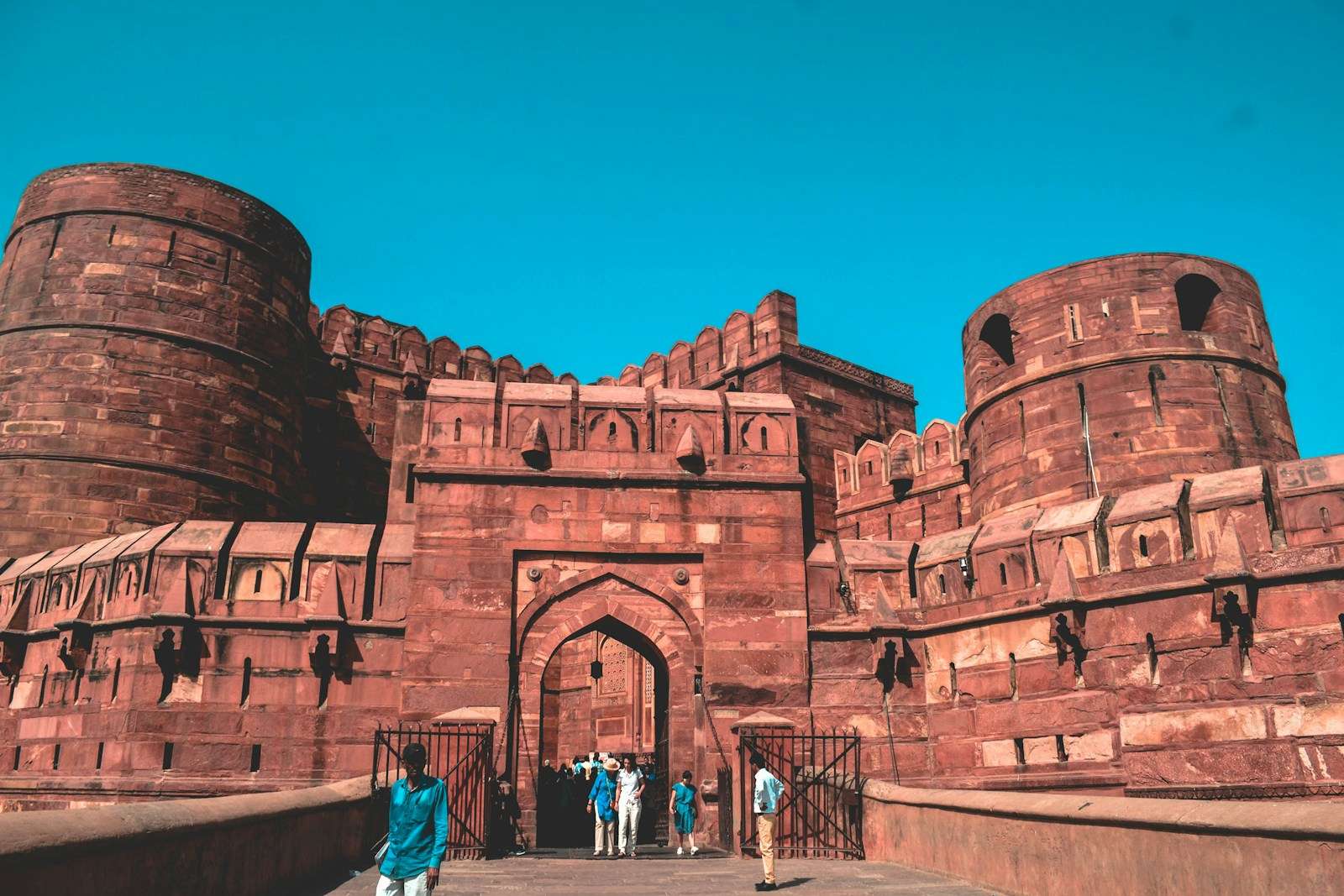
Vrindavan To Agra Taxi
Book Your Vrindavan to Agra Cab.
Are you Planning a Trip from Vrindavan to Agra and in Need of a Reliable and Comfortable Taxi Service? look no further than Mathura Vrindavan Car Rental. We Specialize in Providing Hassle Free and Convenient Taxi Services for your Travel Needs. Whether you’re a Tourist Exploring the Historical Wonders of Agra or a local Resident Heading for a Business Trip, our Professional Driver and Well-maintained Fleet of Vehicles Ensure a Comfortable and Enjoyable Journey.
Book Your Vrindavan to Agra Taxi Now
Vrindavan to Agra Taxi Fare

Sedan For 4 passengers
2500 RUPESS
- Toll, parking and driver allowance included

Muv For 6 passengers
3000 RUPESS
- Toll, parking and driver allowance included

Muv For 7 passengers
4500 RUPESS
- Toll, parking and driver allowance included

Traveller For 9 to 26 passengers
6000 RUPESS
- Toll, parking and driver allowance included
Vrindavan to Agra Distance
The distance between Vrindavan and Agra is approximately 75 km and it take around 1 hour 20 Minutes to Reach from Vrindavan to Agra by Road.
About Agra
Agra is a City on The Banks of Yamuna River in The State of Uttar Pradesh, About 240 km From Delhi and 60 Km from Mathura. Agra Was Capital of Mughal Empire Under Mughal Rule, Agra Become a Centre for Learning, Arts, Commerce, & Religion, And Saw the Contruction of Famous Monuments
Famous Monuments in Agra
Taj Mahal
Taj Mahal is a Mausoleum in Agra Located on The Bank of River Yamuna, It Was Built by Shah Jahan in Memory of His Beloved Wife and Queen Mumtaz Mahal. Taj mahal is UNESCO World Heritage Site and is One Of The Seven Wonders of The World.
Agra Fort
A Massive Red-Sandstone Fort Located on The Banks of River Yamuna Was Built Under the Commission of Emperor Akbar In 1565 And Was Further Built by His Grandson Shah Jahan. Red Fort Was Military Base and Royal Residence
Sikandra
Sikandra, The Last Resting Place of The Mughal Emperor Akbar the Great, is on The Delhi-Agra Highway, About 13 Kilometers from The Agra Fort. Sikandar Was Built by Emperor Akbar, Which Was Later Completed by His Son Jahangir.
